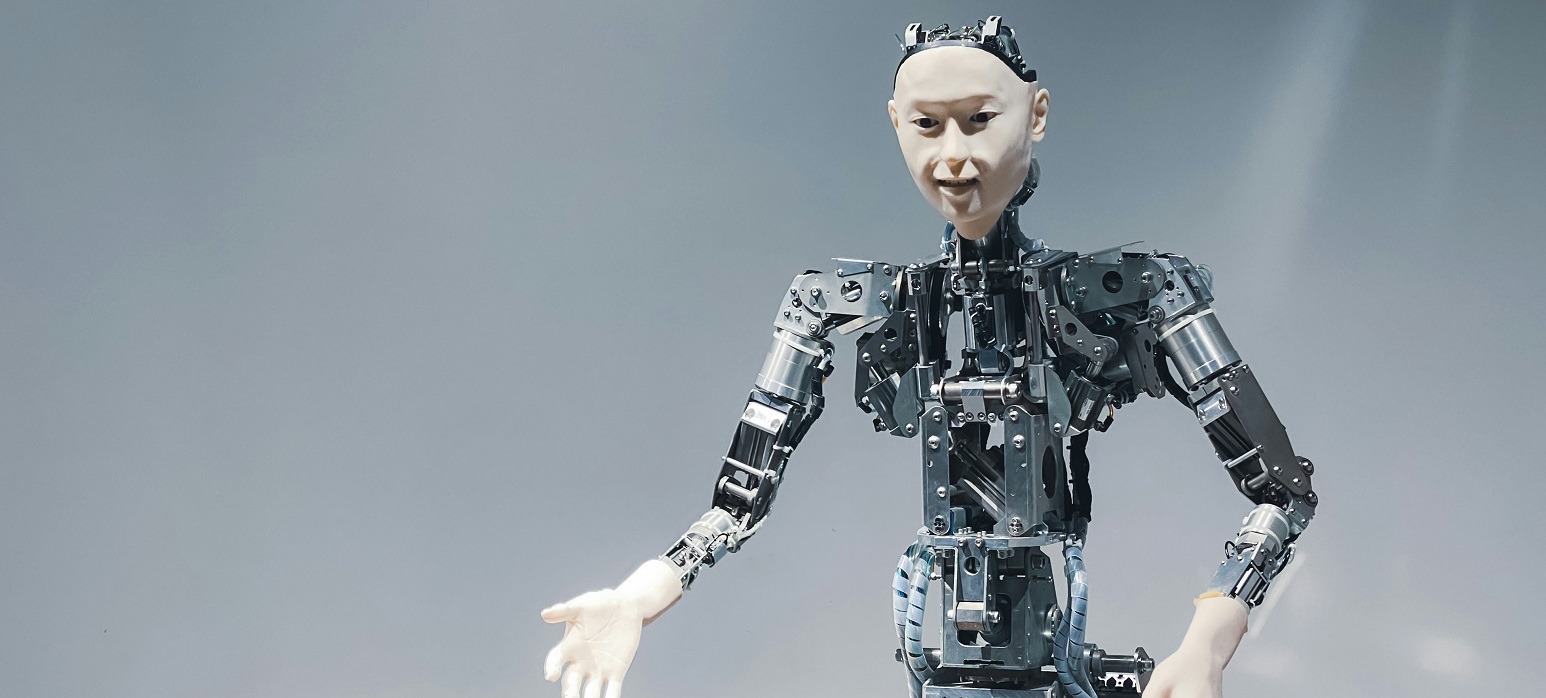Will or should AI replace humans in the realm of software testing?
I’ll answer with No. And here’s why.
The unique blend of cognitive abilities, creativity, adept problem-solving aptitude, and emotional intelligence that human testers possess is invaluable and cannot be replicated.
But… yeah, there’s a but. AI is inevitable. AI is here. So, testers should explore and include as many of the benefits that this AI era brings as possible. The good thing is that AI can act as a complementary tool enriching human capabilities.
Human testers are here to stay, evolving and embracing modern methodologies. Let’s review some significant milestones in the journey of testers that didn’t eliminate them but rather facilitated their growth and adaptation.
Testers didn’t disappear when automation took over
Testers didn’t disappear when automation took over tasks once performed by testers, essentially delegating test execution to automated scripts following pre-designed protocols. However, they found time to focus on crafting enhanced tests and streamlining the automation process.
Testers didn’t disappear with the advent of agile methodologies
Human testers didn’t become obsolete when the tech community believed they might as developers would integrate testing into their coding process. However, it became evident that many developers prioritized coding over testing. If testers plan to see this new milestone of their journey as a threat or a battle, they might get scared indeed.
What AI brings to the mix
AI brings a lot to the table, offering significant advantages to the software testing landscape:
- AI testers can substantially boost speed and efficiency.
Some AI tools excel at swiftly executing repetitive and time-intensive tasks such as regression testing, functional testing, and performance testing. For example, AI tools offer the capacity to generate test cases rapidly upon receiving acceptance criteria and can aid in test automation by crafting BDD-style test scenarios that can seamlessly integrate into test automation frameworks. - AI testers can expand test coverage.
Utilizing artificial intelligence in testing expands the breadth of tests conducted, leading to a holistic enhancement in software quality. AI tools possess the capability to analyze memory, file contents, and data tables to verify the software’s adherence to expected behavior. - AI testers can transcend some testing constraints.
AI tools or bots can generate numerous virtual user sets, ranging from tens to thousands, automatically enabling interaction with networks, software, or web-based applications. - AI testers can have self-healing capabilities.
It can detect and fix defects in scripts, minimizing reliance on manual intervention. It can detect objects even after their properties have been altered. By analyzing test data, these frameworks swiftly identify and adapt changes in object properties and then implement the fixes to ensure the smooth operation of the application.
Human capabilities
On the opposing front, testers wield their greatest strength: their human capabilities. While AI undergoes continuous training and learning, human testers harbor certain capabilities that remain unmatched.
- Human testers have intuition and empathy.
Grasping user experience nuances demands human intuition and empathy, qualities that are currently beyond AI’s capabilities. Human testers offer valuable qualitative feedback on aspects such as intuitiveness, aesthetics, and emotional appeal. - Human testers possess contextual comprehension.
Unlike AI, human testers have a nuanced understanding of real-world contexts. They appreciate the significance of real-world nuances, such as cultural or linguistic differences, and tailor their testing methods accordingly. - Human testers demonstrate a keen understanding of emotions.
Navigating interactions within software development teams demands a high level of emotional intelligence. This is particularly evident when conveying issues and working together to find solutions. Humans stand out in their ability to cultivate effective teamwork. - Human testers excel in exploratory testing and possess domain expertise.
Exploratory testing is a dynamic process encompassing learning, design, and execution. Human intuition, creativity, and domain expertise play pivotal roles in uncovering unanticipated issues. Comprehensive domain knowledge is indispensable for proficient software testing. Armed with such expertise, human testers can discern domain-specific edge cases and anticipate potential challenges.
Partnership through this alliance
So, how about a partnership rather than a war? Fostering a collaborative partnership rather than engaging in adversarial conflict is paramount. Through this alliance, both AI testers and human testers stand to gain – human testers’ insights contribute to refining AI testing algorithms, leading to more precise outcomes, while AI testers streamline manual tasks, enhancing the productivity and efficiency of human testers. This symbiotic relationship holds immense promise for the future of software testing.
By Simona Clim
Software Tester

Banner by Taiki Ishikawa on Unsplash
Book your free
1-hour consultation session
Yonder offers you a 1-hour free consultation with one of our experts. This is for software companies and enterprises and focuses on any concerns or queries you might have.
STAY TUNED
Subscribe to our newsletter today and get regular updates on customer cases, blog posts, best practices and events.











